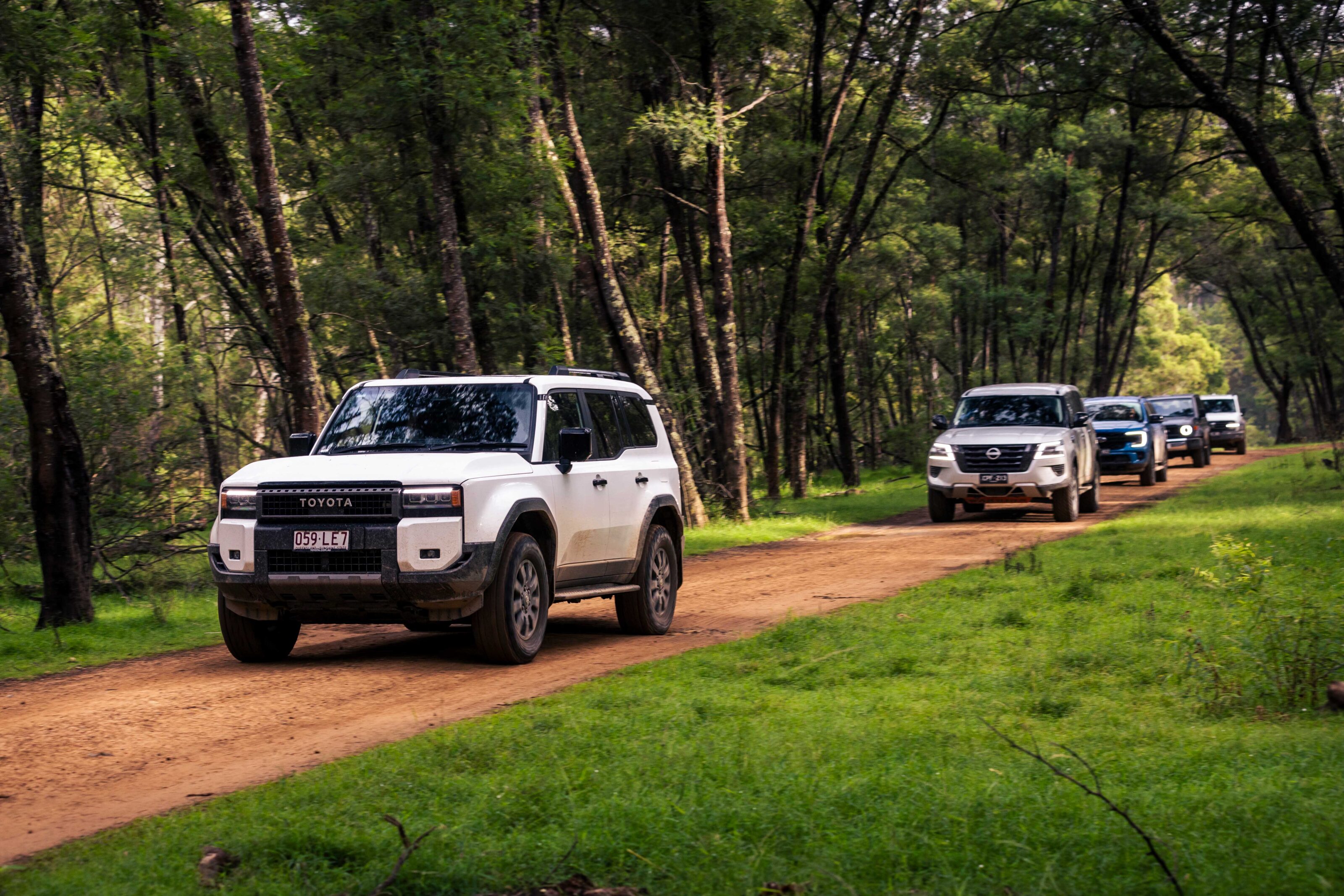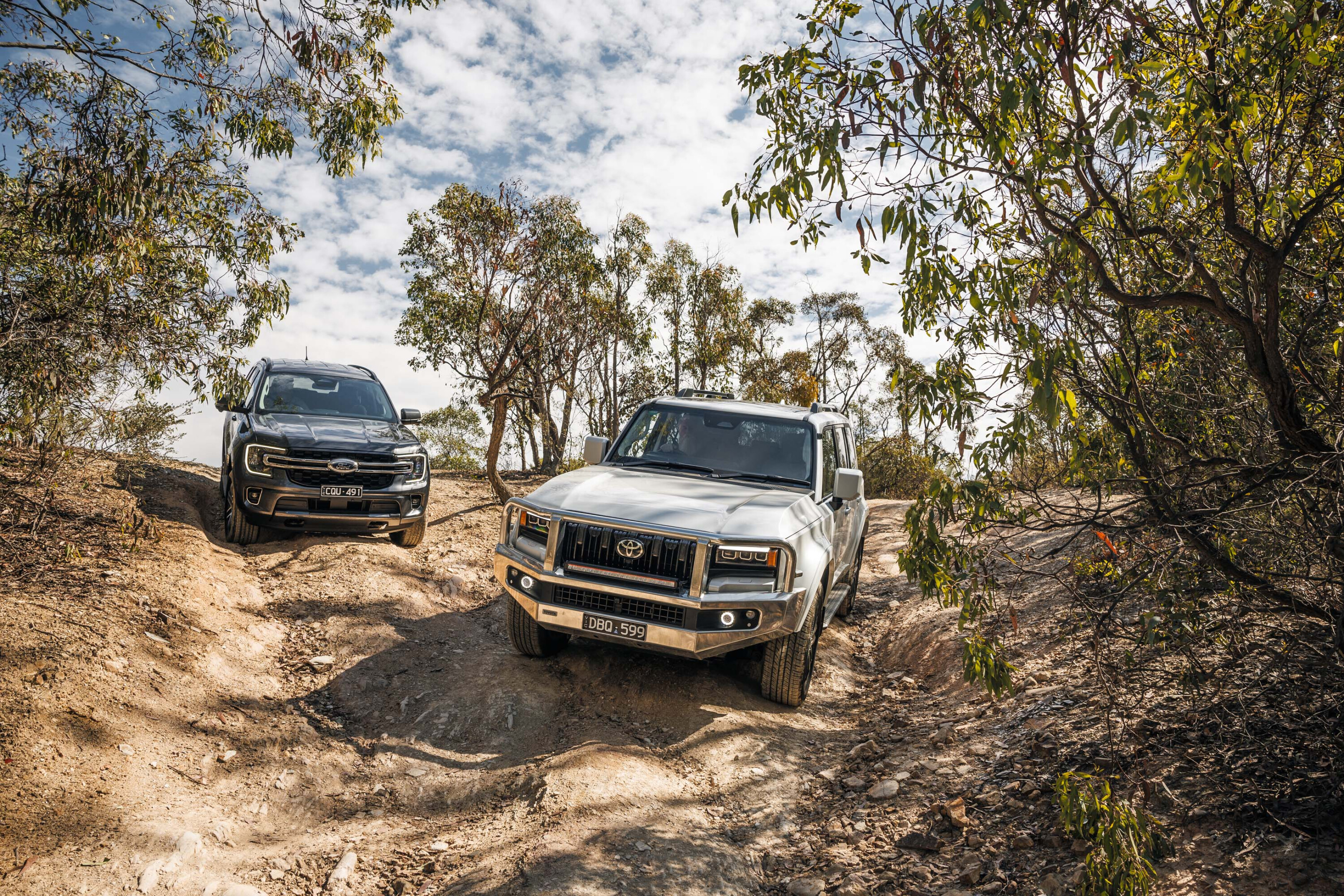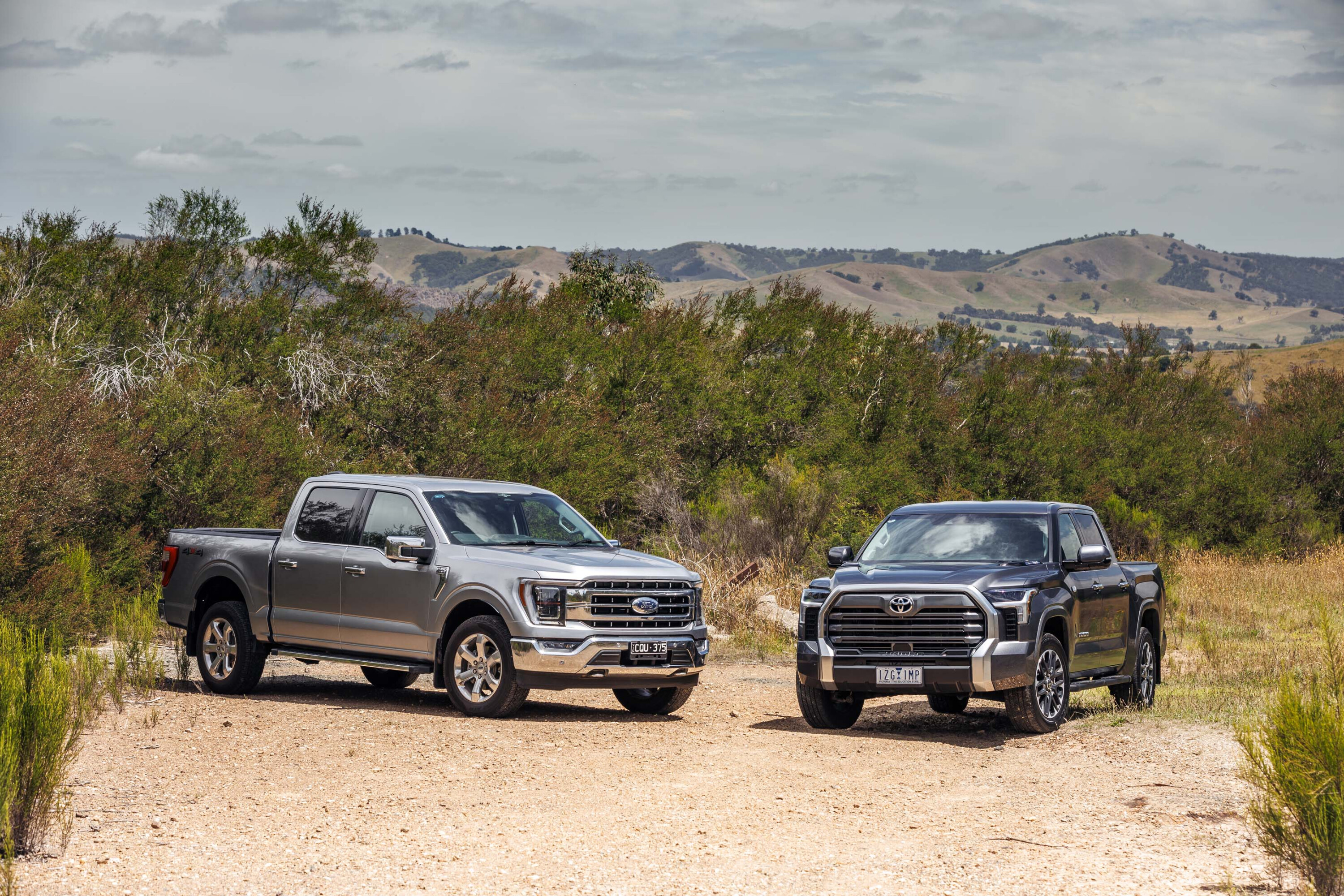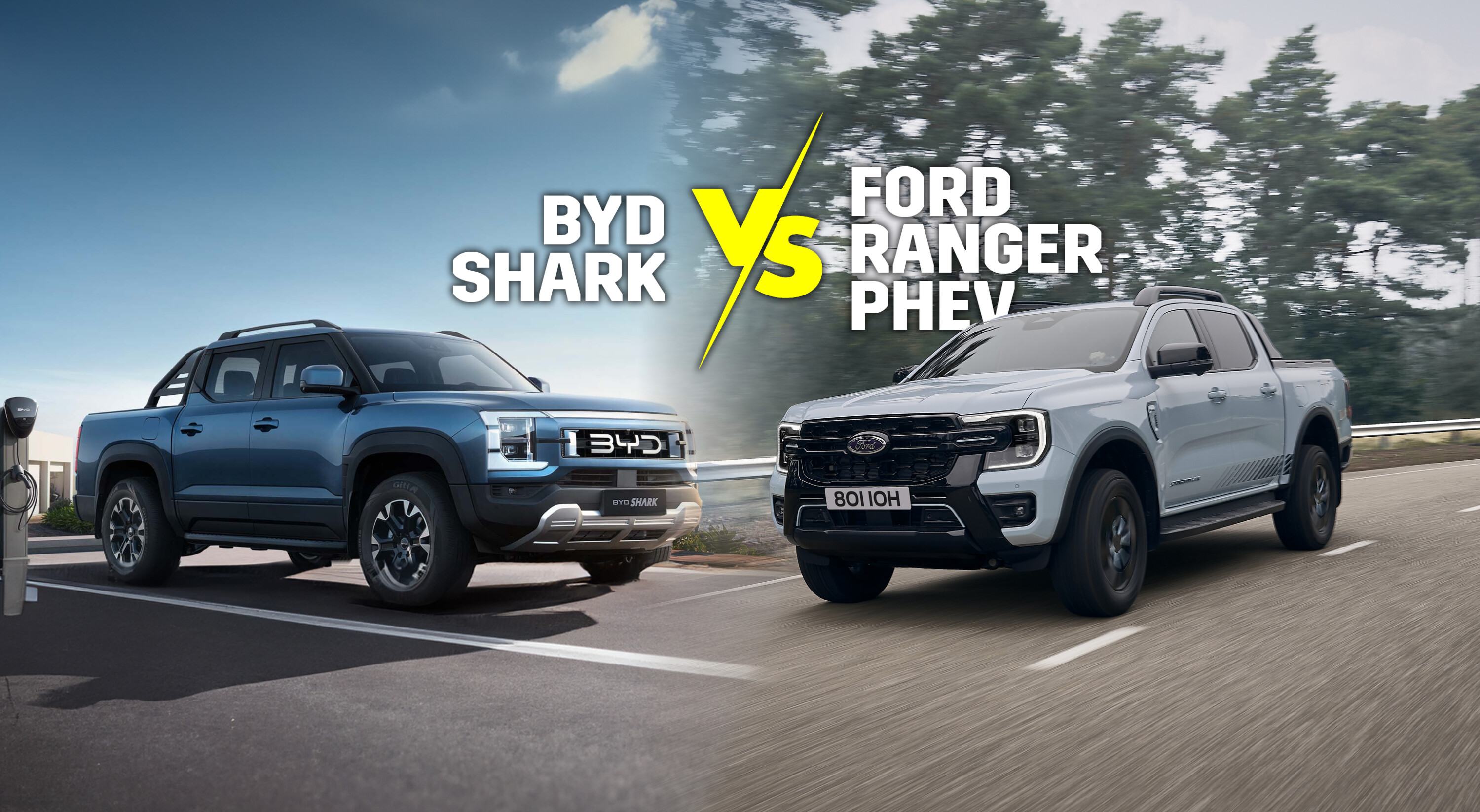“Wait, why aren’t you guys comparing the Patrol to the LC300?”
Look, it’s a fair enough question, but when the “off-road” LC300 model (the GR Sport) is $40,000 more expensive than the Patrol, the comparison seems a bit skewed. $40,000 buys a hell of a lot of petrol, or conversely, it buys a hell of a lot newer vehicle. That’s legit the above comparison in a nutshell. Pick your preference, they’re both great 4x4s.
However, the Prado Altitude is actually a lot closer in pretty much every aspect to the Patrol. The Patrol is a little wider and longer, the Prado is a little taller. The Patrol weighs a couple hundred kilos more (2884kg vs 2520kg), but also has more than 150kg more payload (736kg vs 580kg). The prices are negligible too, with the Patrol coming in at $105,523 and the Prado at $101,000. They’re both a pleasure to drive and are more than capable of long-distance family touring straight out of the box.
However, there are a lot of fundamental and fairly obvious differences, too. The Prado is nearly a decade-and-a-half newer and comes with a mild-hybrid turbo-diesel four-banger with an eight-speed auto, whereas the Patrol has been on the scene since the 2010s and comes with a 5.6L V8 petrol engine with a seven-speed auto. The Prado is chock-full of tech-wizardry, while the Patrol is somewhat rudimentary in comparison (not necessarily a bad thing). The Prado is right at the start of its model run while the Patrol is right at the end, with a new Y63 expected late next year.
Overall, these vehicles are same-same but different. Like two prime rib-eye steaks, but one is made of grain-fed wagyu beef and the other is vegan and made from tofu, sawdust and sadness. Which is which? Well, that’s up to you to decide.
JUMP AHEAD
On-road performance
Patrol Warrior
Ever wondered what would happen if a high-powered sports car and a tractor ran really fast at each other?
The resulting mash-up would be something like the Patrol Warrior. It’s tall, wide, heavy and, from appearances alone, looks slow. But once you’re behind the wheel and have your head around its swarthy dimensions, this thing goes, stops and handles like a world rally car. It has 298kW and 560Nm of torque available from the skinny pedal – and the Bi-Modal exhaust, which redirects the gasses out of a side-pipe under full acceleration or when the transmission is in manual mode, sounds like a chorus of angels. If the angels were really angry at something.
The handling is insanely good for how big it is, too. The 50mm ride height increase from the longer springs, Premcar-tuned Hydraulic Body Motion Control and 34-inch Yokohama Geolander AT tyres do give it a little more body roll than the non-Warrior Y62, but it’s hardly a big issue. Same goes for the braking. They’re unenviably tasked with pulling up 2800+kg rolling on big rubber, but they handle it predictably and safely.

The interior, while not what you’d ever call uncomfortable, is a decade behind the times, but still a great place to spend a few hours putting some distance between you and civilisation. As long as you don’t mind a few quirks like the foot-operated parking brake or the plastics that looked new when Metallica were still good. Even so, there are enough safety features and driver aids included to keep anyone who enjoys that sort of masochism happy.
When you boil it right down, though, this is a driver’s vehicle. There’s plenty of space for the family and enough camping gear for a few weeks, and the industry standard 3500kg braked towing capacity will pull a big caravan, boat or camper. And the comfort levels are right up there, as you’d expect at this price point.
At its most basic, this is a vehicle for people who love and appreciate the finer points of taking the perfect line through a corner or using the engine’s torque curve to maximise road-holding or feeling the independent suspension handle an off-camber bend like you’re on rails. That’s the real enjoyment to be found from the Warrior, and it’s something you’ll enjoy more the longer you drive it.
LandCruiser Prado
On the other end of the technology spectrum is the Altitude. It’s just as good on-road as the Patrol, but for quite different reasons.
It’s not so much a pure driver’s car as it is something that requires a minimum of driver input to work exceptionally well no matter what the conditions may be. To be fair, Prados have always been good at this. They’re not exceptionally fancy or invoke the kind of passion the Patrol does, they simply get on with the job and quietly get it done better than most.
This new Prado is not without its (well-established) negatives. The 48V battery seriously chews into the third-row seating space to the point where it should be considered a five-seater with the capacity to be a seven-seater for short trips. It should not be viewed as a seven-seater tourer, because there’s four-fifths of bugger-all luggage space with the third-row in use. For the record, our Altitude is only available as a five-seater and never felt undersized or cramped, just so you know.

The other big negative is the lack of a second fuel tank, which has been a Prado staple since the first 90 Series were sold in this country. Again, the hybrid system and underslung spare eats into the underbody real estate, relegating the fuel capacity to 110L, which is still nothing to sneeze at.
Where the Patrol is balls-out power, the Prado is more refined propulsion. A Brahms symphony as opposed to a death metal concert. The eight-speed auto is excellent (and a long-overdue upgrade over the Aisin six-speed Toyota has used for the past 400 years) and the 150kW and 500Nm 2.8L turbo-deezy, while hardly what you’d call powerful, is a willing performer that’ll hold the NT speed limit without apparent effort.
In fact, one of the true strengths of the Prado is its ability to chew up miles upon miles of blacktop without imparting much in the way of fatigue. Four hours in the saddle had us feeling fresh as a daisy, and when followed by another four hours we still weren’t sore or tired. For blokes our age and physical condition that’s pretty remarkable.
Safety inclusions number in the tens of thousands, or it seems like it anyway, so you’re getting all of the value on that score, and the braked towing capacity is right on par with vehicles of this size and price, at 3500kg. If you had to describe the Prado driving experience in one word, it’d be solid. There’s nothing it does badly, it simply handles whatever you need it to. Something that, in our opinion at least, is worth a lot, particularly when you’re in the middle of nowhere.
Off-road performance
Patrol Warrior
Straight off the bat, you can’t look at the Patrol, with its fully independent suspension, through a hardcore lens. It’s not a rock crawler and you wouldn’t enter it in a winch challenge, simple as that.
With that out of the way, it does incredibly well at every other type of wheeling, including touring. It has a truly impressive amount of suspension travel and, even when you inevitably do lift a wheel, the (ageing) traction control and rear diff locker will get you through.

As for dirt roads, Outback and desert touring, it’s difficult to think of a better factory car for the role. Steep, scrabbly climbs, tall soft dunes and corrugated roads are simply a joy to punt the Warrior over. The Premcar suspension really just eats it up and the V8 is such a willing performer you can see why the Saudis love them for tackling their fifteen-storey-high monster dunes. Assuming you’re running the right tyre pressure, it’s almost impossible to imagine this thing being stopped by any sand-based obstacle.
Dirt roads are a similar story. Corrugations aren’t nearly the worry they are in a solid-axled rig, and even larger washouts are readily absorbed by the springs and shocks. As for towing, you’d need to have a caravan or very large hybrid trailer to even notice it’s there.
Fuel consumption from the 140-litre tank is a claimed 14.4 litres combined; however you can expect lower than that on the highway, but a little higher dawdling around the ’burbs and higher again off-road. Still, the trade-off is the superfluous power available. Touring with this would not be cheap at the bowser, but it still has just shy of 1000km touring range and, again, that power would make it so much fun it’d definitely be worth it. Maybe try to avoid filling up at places like K’gari though, eh?
LandCruiser Prado
The Altitude is the pick of the Prado models for the simple reason that it’s equipped with an electric-solenoid-activated rear locker.
Coupled with the (very good) traction control it makes it nigh-on unstoppable no matter what the conditions. Sure, you could get caught out on really gnarly tracks, but if you’re willing to take a $100K vehicle over that kind of terrain, can I borrow some cash?
The electric power steering is light yet has a nice amount of feedback, and the 112-inch wheelbase (same as an LC80) is just about perfect for a range of obstacles. The engine is best described as adequate, which is not meant as a negative, more just that it’s not going to get the excitement-meter redlining. Even so, it has enough to get up the same scrabbly climbs as the Patrol, just with a little less flair and a lot less of an exhaust note that could cure diabetes (probably). The eight-speed is also about as bang-on as modern autos get. On our test it always seemed to be in the right gear at the right time across a large variety of obstacles, so full points there.

The 360-degree camera function, which is displayed in high-definition on the 12.3-inch centre touchscreen (the driver display is the same size) is a nifty inclusion that James Bond would approve of, and the 265/70R18 Toyo Open Country ATs are one of the better tyres on the market and offer excellent amounts of traction. The stabiliser disconnect offers marginally more wheel travel over the other Prado models, but it’s not really essential with the locker and TC doing their thing.
One aspect of the on-board tech we really enjoyed was the crawl control, which essentially allows you to set the desired ascent or descent speed and let the computer do the rest. It turned obstacles that would otherwise require careful wheel placement and judicious application of the brake or throttle into a simple point-and-shoot affair.
Realistically, the five-seat Altitude is about as good as it gets off-road for stock vehicles. Sure, you could argue the Ineos Grenadier may offer more with its solid axles and twin diff locks, but that’s a very different vehicle to the Prado. Compared to the Patrol, splitting the difference is not easy. Best bet is to drive them both to see what you reckon. You’ll know pretty quickly if you’re more of a “all the traction aids and quiet diesel chug” or “34-inch rubber and a V8, what’s the problem again?” kind of person.
Verdict
Calling a winner in terms of capability is simply too subjective. You could like one or the other or both of them and you wouldn’t be wrong.
Off-road, the Prado has much more in the way of technological advancement and maybe a touch more low-range capability, where the Patrol has way more torque and power and a little more ground clearance thanks to the larger boots it wears.
A lot of folks get hung up on the fact the Patrol is petrol-only and a fairly thirsty one at that, but run the sums before making your decision. Over five years of servicing, the diesel Prado will cost you $3900, where the Patrol is basically half that at $1999. You can get quite a few tanks of fuel out of $2000. Conversely, the Patrol’s 140L tank provides around 900km of range, while the Prado’s 110L gives over 1300km – but that’s offset by the additional complication and expense of Adblue. Again, really too close to call a definitive winner.

Interior accolades belong to the Prado, no question. It’s a dozen years newer and the inclusions list is a fair bit lengthier. However, the Patrol has a lot more room, is a true seven-seater and is not at all uncomfortable. Even so, the Prado gets over the line first, but not by that much.
Mechanicals we’re going to give to the Patrol, only because we’re suckers for a brand new V8 petrol engine (they’re getting rare) and the engine and transmission combo in the Patrol is a pleasure to drive. Yeah, the Prado has better fuel economy, but at the expense of more spendy servicing. We’re more taking points from Toyota for using their long-overdue-for-an-update 2.8L which was used as an auxiliary engine for the Titanic. Why they didn’t use a de-tuned, single-turbo version of the V6 diesel in the LC300 we’ll never know. That would have changed this comparison a lot, but whatever.
Realistically, no matter what you’re chasing from your 4×4 – daily driving and occasional tow-rig; long-distance touring with the family; a play rig for weekends away with mates; or all of the above – either one of these rigs will scratch the itch.
We don’t say that as a cop out (if pushed I’d take the Patrol, mainly because of the engine and higher payload) but more as a testament to the broad viability of both of these vehicles. If you’re chasing a new vehicle for $100K or thereabouts, both need to be on your shortlist.
Prado Altitude: 8/10
What we like
- Crawl control
- Long-distance comfort
- All-rounder capability
Not so much
- The engine is way too old
- 48V hybrid is intrusive and offers minimal advantage
- Where’s the second tank, Toyota?!
Patrol Warrior: 8/10
What we like
- That engine (duh)
- Interior room
- Last (aka best) of the model run
Not so much
- Interior is positively retro, and not in a good way
- Fuel use may be a concern for some
- No ANCAP safety rating (it’s weird, Nissan)
We recommend
-
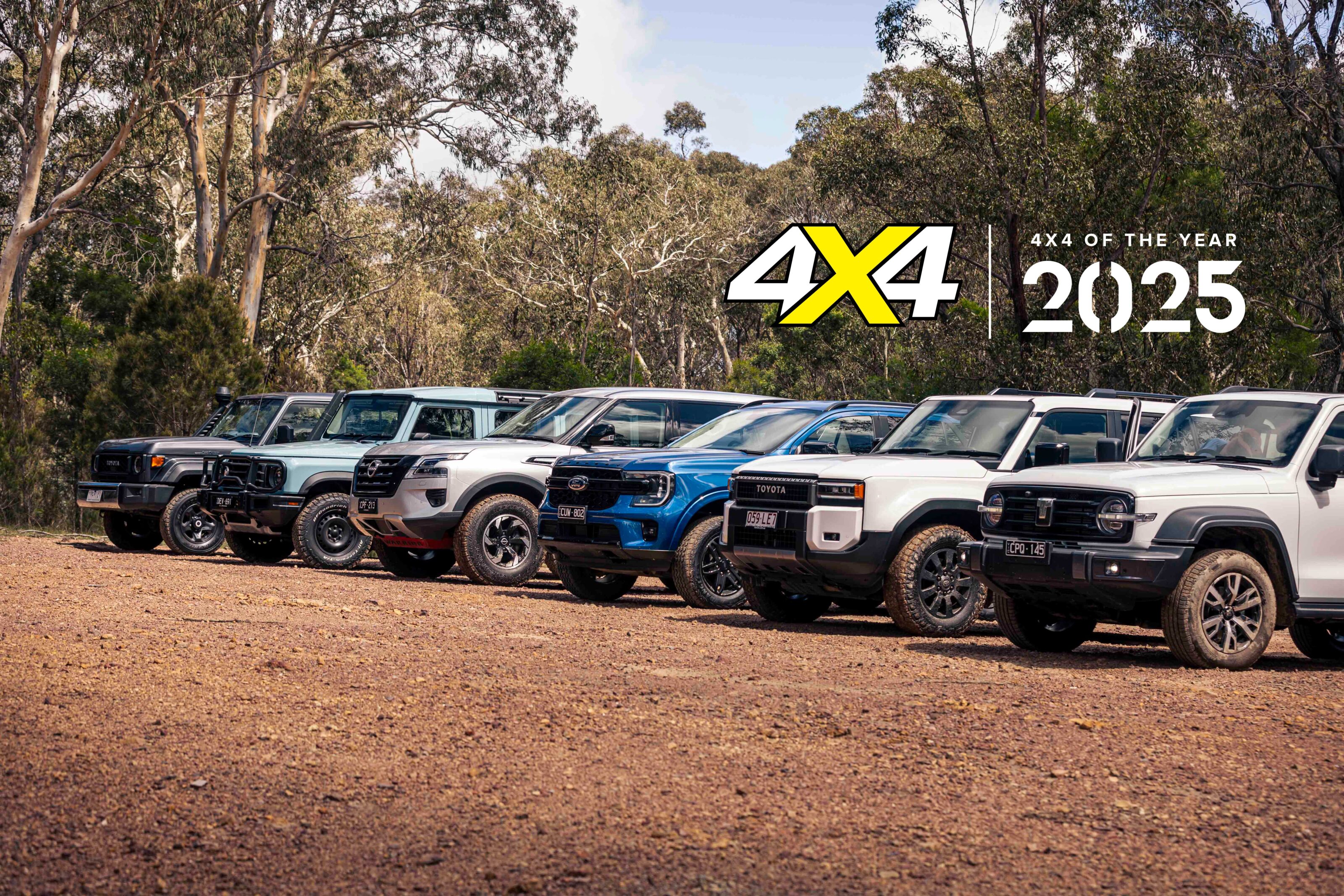 4x4OTY
4x4OTY2025 4x4 of the Year: How each contender fared
Here’s how each of the six contenders performed during the testing process
-
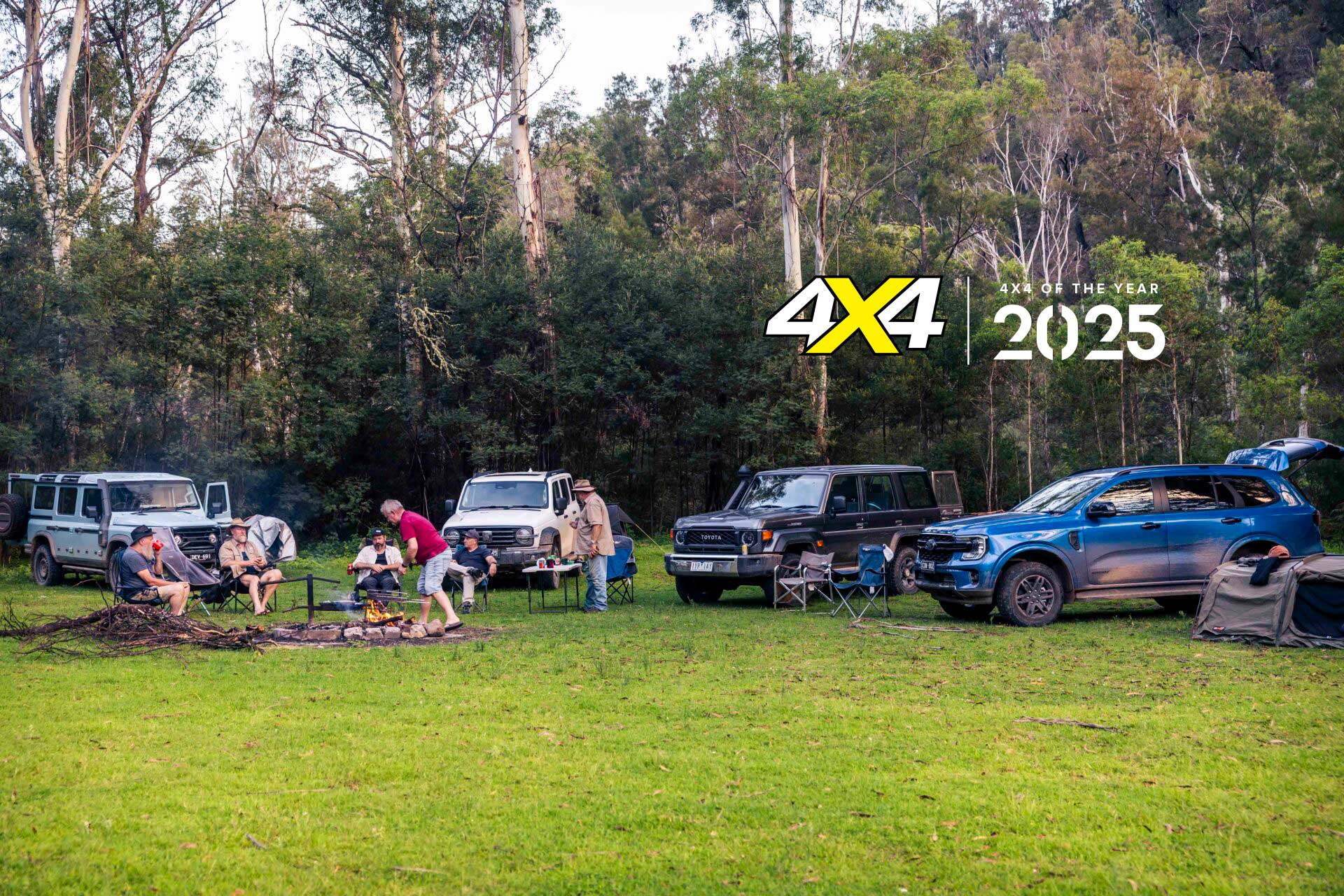 4x4OTY
4x4OTY2025 4x4 of the Year: Where the testing took place
A week of rigorous off-road testing divides the best from the rest
-
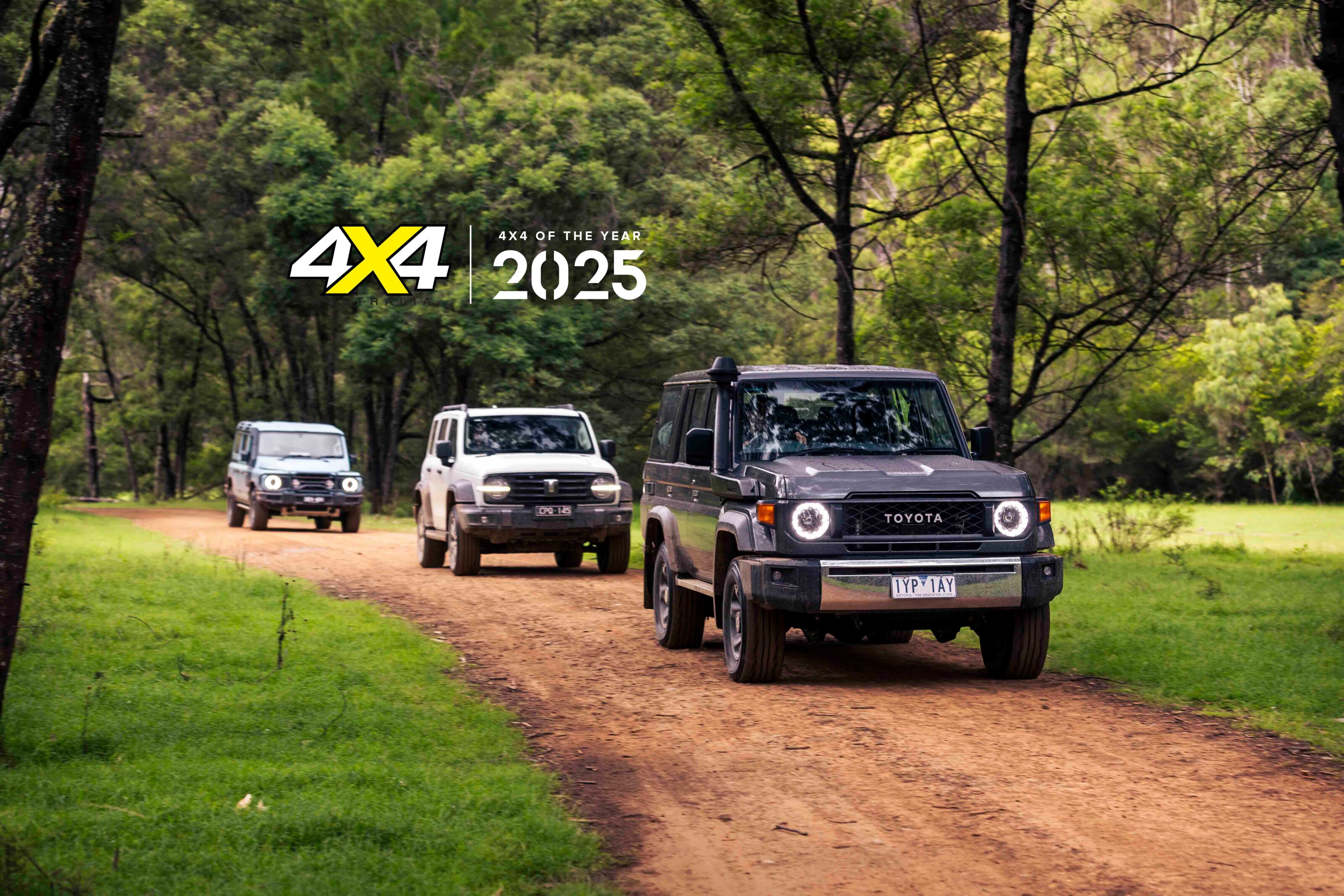 4x4OTY
4x4OTY2025 4x4 of the Year: Winners revealed
Six contenders clash for the coveted 4X4OTY gong!
-
 4x4OTY
4x4OTY4x4 of the Year IS BACK in 2025!
Six wagons are locked and loaded, ready to fight for the title!


